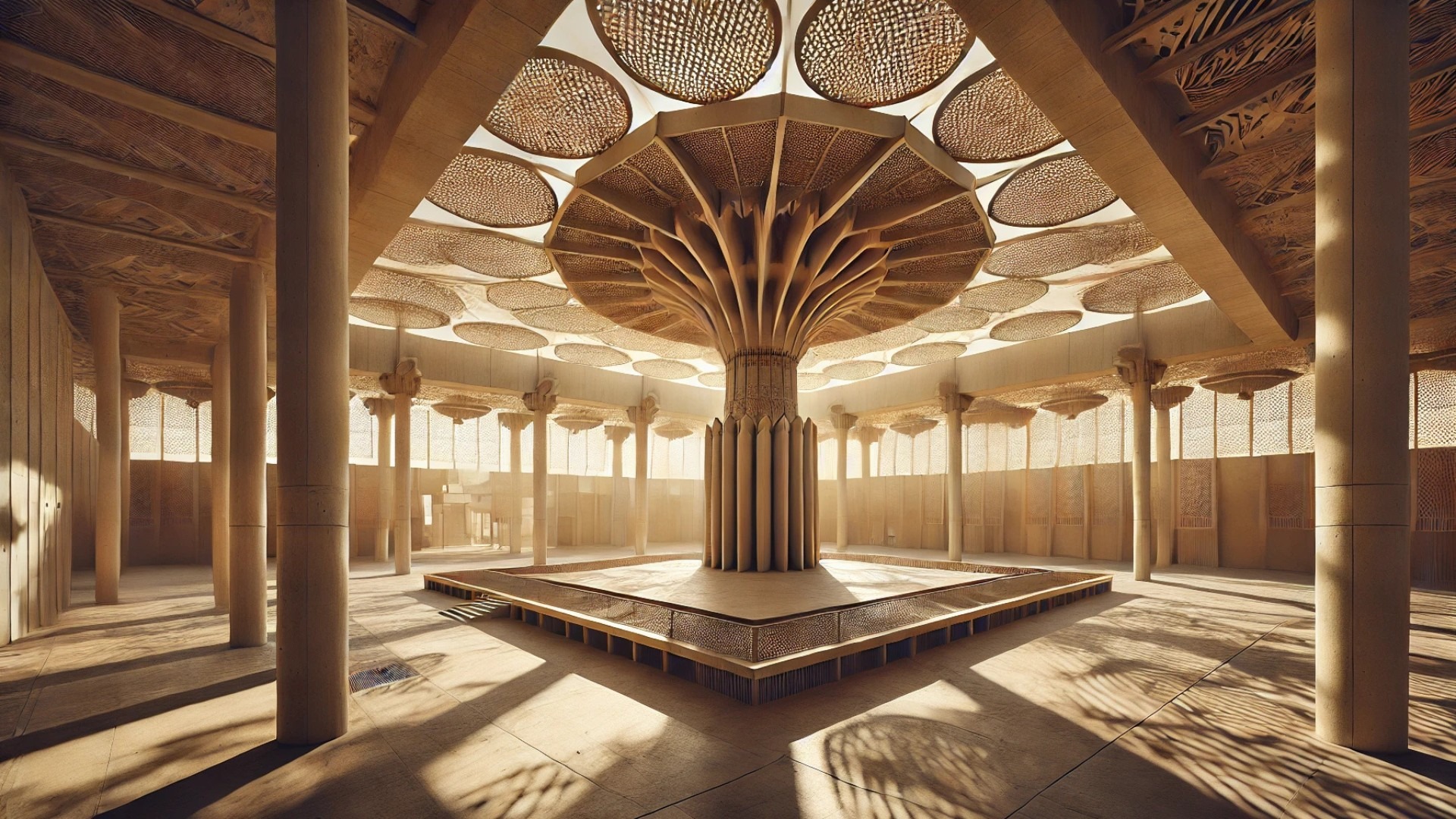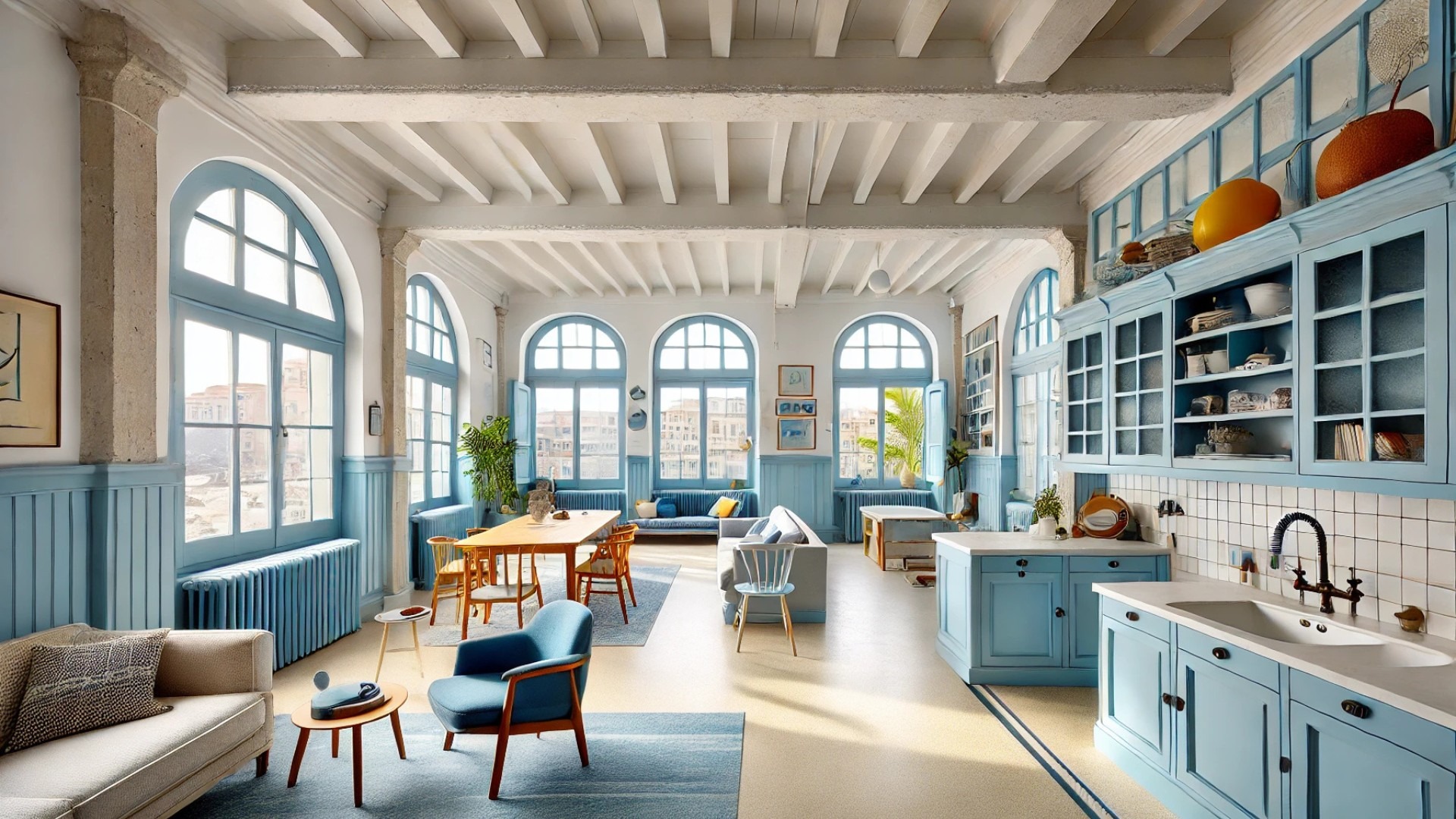
Redefining Comfort: Bahrain's Innovative Heatwave Pavilion
In a world increasingly challenged by climate change, the Kingdom of Bahrain's pavilion, Heatwave, has achieved great recognition at the 19th Venice Architecture Biennale, earning the esteemed Golden Lion for Best National Participation. This accolade not only spotlights Bahrain’s architectural prowess but also highlights a pressing global issue: the urgent need for effective solutions to combat extreme heat.
Climate Adaptation Through Traditional Architecture
Curated by Andrea Faraguna and sponsored by Shaikh Khalifa bin Ahmed bin Abdullah Al Khalifa, Heatwave merges traditional Bahraini architectural techniques with contemporary design principles. The pavilion draws inspiration from the region's age-old methods of passive cooling—elements like wind towers and shaded courtyards are ingeniously reimagined in this full-scale, inhabitable prototype. This fusion of old and new is celebrated for not just its aesthetics, but its ability to create a dialogue around climate resilience.
A Pavilion Designed for Public Well-being
With a sharp focus on those most affected by extreme climates, Heatwave addresses the experiences of outdoor workers, particularly in construction, who endure intense heat conditions daily. By framing thermal comfort as a question of equity, the pavilion redefines urban spaces not merely as structures, but as shared environments that address the needs of all community members. The innovative notion of ‘thermal commons’ invites us to consider how architecture can foster inclusivity.
Building Microclimates for a Sustainable Future
The pavilion's innovative design features a raised platform, suspended ceiling, and a central supporting column, which work together to create microclimates that actively respond to climate variations. Such designs not only enhance comfort but also rethink how public outdoor spaces can function in a future increasingly characterized by extreme weather. The modular design suggests that these systems could be adaptable across various urban contexts, offering scalable solutions to global warming.
From Recognition to Real-World Application
Bahrain's recognition at the Biennale is a call for architects worldwide to embrace strategies that prioritize both environmental stewardship and social consideration in their work. The impact of Heatwave reinforces the importance of integrating sustainable luxury into modern design practices, thereby inviting property owners and artisans alike to join the conversation about the future of architecture. It exemplifies that each building can contribute not just to beauty, but also to harmony with the environment.
Why This Matters for Tomorrow's Architecture
As we continue to confront the realities of a changing climate, projects like Heatwave illuminate pathways toward resilience. The pavilion stands as a testament to how architecture can adapt, evolve, and serve a broader purpose than mere aesthetics. It encourages us to envision spaces that are not only beautiful but also functional and equitable. Perhaps it’s time for owners of historic and upscale properties to consider these principles not just as trends but as foundational elements of design.
In light of these insights, we encourage readers to engage with contemporary architectural discussions and consider how they can incorporate sustainable practices into their own projects. Whether through sourcing master artisans or adopting new materials, each step contributes positively toward a more sustainable future.
 Add Row
Add Row  Add
Add 

 Add Row
Add Row  Add Element
Add Element 




Write A Comment